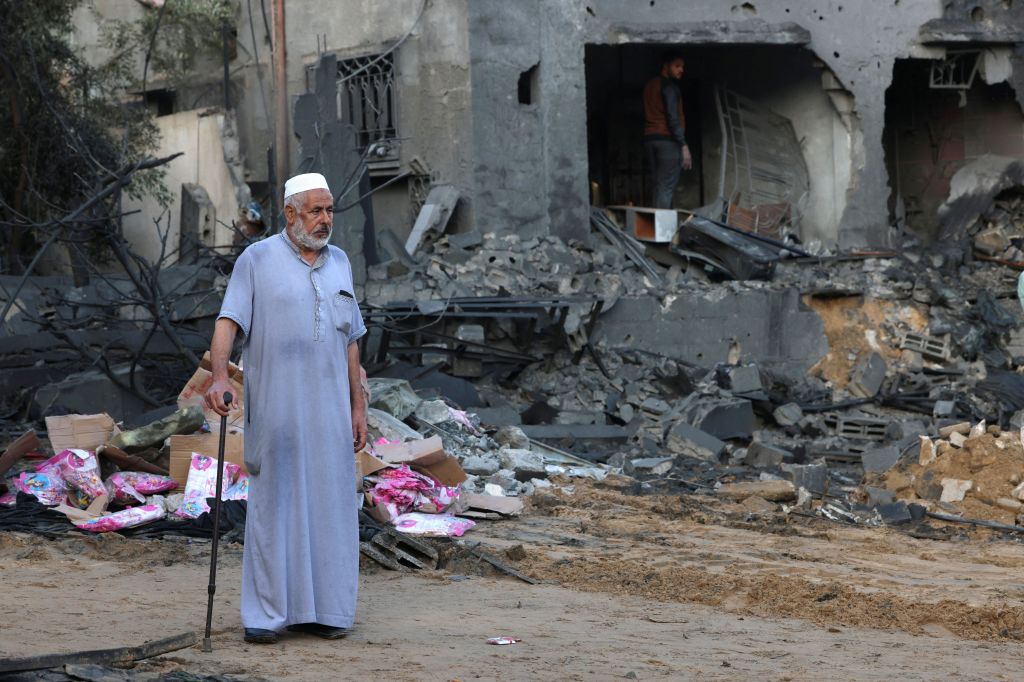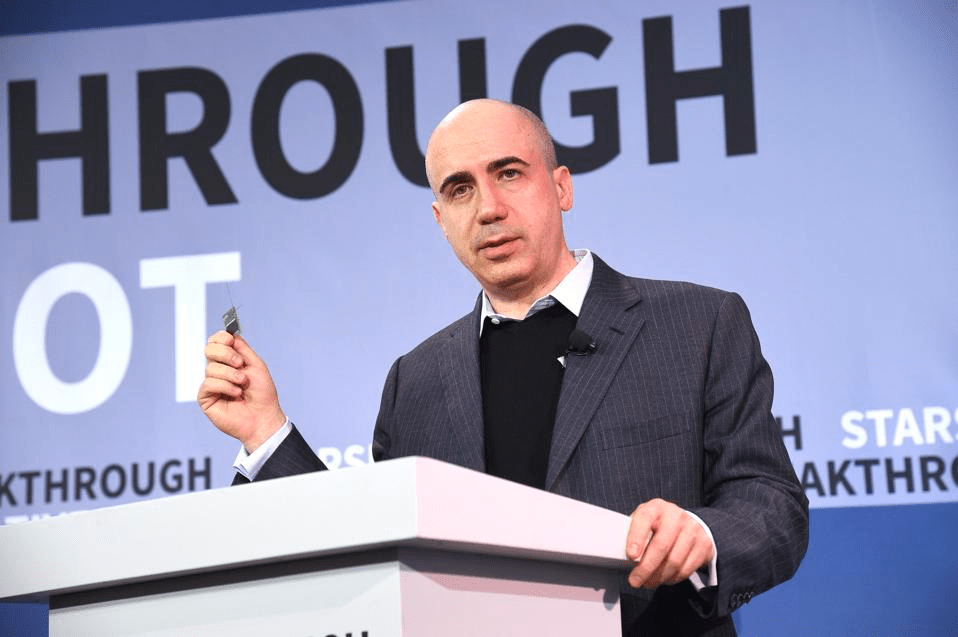While markets initially had a knee-jerk reaction to the Israel-Hamas war, with higher oil prices and lower bond yields, they’ve since calmed down, with the S&P 500 closing 1.5% higher on October 17.

On October 7, Hamas launched a lethal assault on Israel, involving rocket strikes. At the 7-day-mark of war, more than 400,000 people had been displaced in the Gaza Strip, and about 12,000 people had been wounded on both sides, with those in Gaza accounting for the majority.
Markets, at the first instance, reacted in a way that is typical in the wake of heightened geo-political risks from the Middle East, Stephen Miller, investment strategy consultant at GSFM Funds Management, told Forbes Australia.
That meant higher oil prices and commodities generally, with the price of brent crude rising by more than 7% since the start of the war to more than US$90 a barrel. Shell’s share price gained 6.5% over the same time period. Bond yields also declined, as these are traditionally seen as safer investments, attracting more investors and driving prices lower. According to UBS, the 10-year US Treasury yield stood at 4.68% on 16 October, around 20 basis points lower than the recent 6 October intra-day high of 4.88%.
We don’t yet have a strong handle on how the broader Arab world might react, nor do we know how Russia will react given its close ties to Iran.”
Stephen Miller, investment strategy consultant, GSFM
But since the initial knee-jerk reaction, markets are appearing calmer, Miller says. At the close of business on 17 October, the US 10-year bond yield had increased 3 basis points, the US dollar had gained around 0.1% (on a trade-weighted basis) and the S&P 500 closed 1.5%.
“This is not the expected response to a geopolitical shock,” he says.
“I think that outward appearance of calmness reflects the fact that markets seem a little flummoxed in terms of how these events will manifest themselves in global investment markets. I don’t think that represents complacency, but more that markets are having difficulty in rationally balancing the relative influence of a number of factors.”
Factors such as: residual challenges around inflation containment (have central banks done enough?) and then there’s the unknown (how will this conflict evolve?).
Related
Damien Hennessy, head of asset allocation and strategy at Zenith Investment Partners, says markets are still responding to the underlying fundamentals of high inflation, a resilient US economy and resilient earnings. “That’s helped support the equity market – at leas up until now,” he says.
“The fact that bond yields have increased has more to do with adverse inflation data and stronger activity data that has raised expectations of further Fed policy rate increases to contain inflation,” Miller adds. “This has dominated any tendency for yields to fall reflecting heightened risk aversion following the Hamas attack on Israel.”
But with regards to how the conflict will play out, Miller says markets are watching whether other actors, like Iran, will be drawn in. In that case, pressure will flow to the super-powers, like the US and China, to take action.
“We don’t yet have a strong handle on how the broader Arab world might react, nor do we know how Russia will react given its close ties to Iran,” Miller says, adding that “Russia has a bit on its hands at the moment”.
“Also important is that even if the conflict is confined to Israel v Hamas, Hezbollah and militant Palestinian factions, it is likely a drawn out conflict enhancing the potential for ‘accidents’ to occur that can potentially magnify the effect of the conflict.”
Israel-Hamas: The biggest risks for investors right now
Hennessy tells Forbes Australia that while Israel and Palestine aren’t major oil producers as such, if other, larger oil producers, become embroiled – like Iran – then the ramifications could be significants.
“That’s when I think equity markets would need to stand up and pay attention,” he says.
And should oil prices experience a significant spike, Hennessy says the economy could be impacted in two ways: “It can either increase inflation, which is already an issue, or it can increase consumer spending. So, markets are looking for signs that oil prices are being disrupted in a significant manner, which flows through to inflation and may limit the ability of the Fed to cut rates. But at the moment, it hasn’t done that. It’s a localised conflict.”
Higher oil prices are also on Miller’s mind.
“I think the biggest danger is that the world arrives at a place that begins to resemble what occurred in the wake of the Yom Kippur War in 1973. That is not to say that the magnitudes involved will be similar, more so that sharply higher oil prices will make inflation containment all the more difficult at a time when many governments are under budget stress.
“That might ultimately mean higher bond yields and languishing equity markets. For investors, that means an environment where both equity and bond beta are under pressure. I think the big lesson from not just this episode but others involving unknowable risks is that investors need to diversify more into assets uncorrelated with bond and equity returns.”
Look back on the week that was with hand-picked articles from Australia and around the world. Sign up to the Forbes Australia newsletter here or become a member here.


